Disease resistance is a critical area where genetic improvement programs make an impact
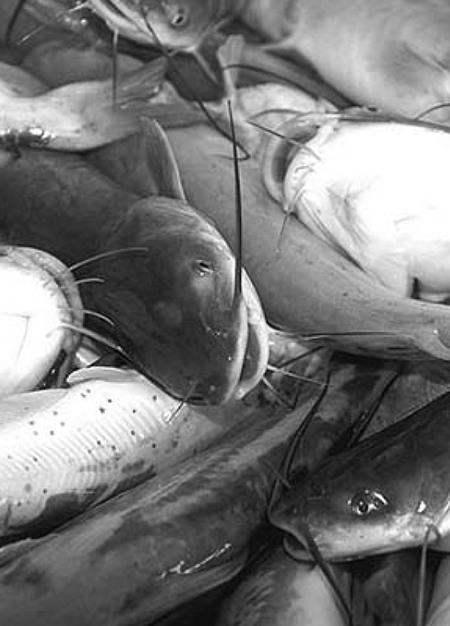
Farming of channel catfish (Ictalurus punctatus) began more than 30 years ago. It has become one of the most successful aquaculture enterprises in the United States and channel catfish production has surpassed other commercially cultured foodfish in the country. Annual yields and production area have steadily increased because of shifts in per capita consumption toward fisheries products, development of an effective industry infrastructure, successful marketing, and effective research support.
Early research efforts in reproduction, nutrition, and disease control laid the basis for the establishment of commercial catfish culture. The most recent survey showed 173,000 water acres of ponds (about 70,040 hectares) in production with 562 million pounds (about 255 million kg) of catfish processed in 1997. Approximately 94 percent of the commercial production area and 97.4 percent of production is located in four states in the southeastern U.S. Most of the acreage and production are in Mississippi (57.8 percent area and 64.0 percent production), followed by Arkansas (15.6 percent and 11.6 percent), Alabama (12.6 percent and 13.8 percent), and Louisiana (7.8 percent and 8.0 percent), respectively.
Although fish farming has been practiced for centuries, only limited fish breeding or genetic improvement has occurred. Research on channel catfish genetics and breeding began at universities in the late 1960’s and early 1970’s. However, because of the lack of a sustained long-term breeding program, applications of genetic improvement in channel catfish culture have not had significant industry impact.
The potential for genetic improvement in catfish aquaculture should be compared to improvements in the poultry, beef and dairy cattle, and swine industries. Genetic research in those industries, particularly in the areas of quantitative inheritance, has made major contributions to productivity and profitability. In dairy cattle from 1930 to 1976, milk yield per cow increased 125 percent, from approximately 2,000 kilograms per cow to 4,500 kilograms per cow. In the poultry industry, broiler producers have reduced the time required to produce a marketable (1.7 kg) broiler from 14 to 7 weeks and doubled feed efficiency. The successful breeding programs and increased production realized in these industries have been the result of a sustained effort in basic and applied research, transfer of information to industry, and the application of research results in commercial breeding programs.
Because catfish show great variability in production traits, increases in catfish production efficiency and product quality from the development and application of catfish breeding programs are projected to be larger than increases in other animals. Research has shown large variation for commercially important traits such as growth, feed consumption, disease resistance, reproductive performance, and processing traits. However, improving production efficiency in catfish culture from the use of improved germplasm will occur only through long-term, applied genetic research programs. An undisputed need exists for improving channel catfish production in aquaculture through planned breeding programs. A breeding program has been developed at the USDA/ARS Catfish Genetics Research Unit at the Thad Cochran National Warmwater Aquaculture Center in Stoneville, Mississippi (USA) to improve commercially important traits in channel catfish and develop improved germplasm for release to the U.S. catfish industry. Along with the development of new genetically improved catfish stocks, researchers are also evaluating these fish in replicated earthen ponds simulating commercial culture conditions and measuring multiple traits of economic importance.
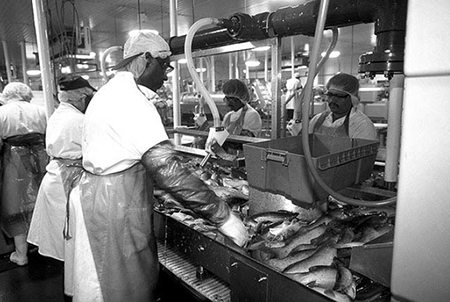
The research program in Stoneville is an applied breeding program that utilizes traditional selective breeding approaches and incorporates new genetic biotechnologies like gene mapping and marker assisted selection. This problem-solving approach to catfish breeding has been focusing on developing catfish germplasm with increased growth, feed efficiency, reproductive success, processing characteristics, and disease resistance.
These factors have been identified as problem areas in commercial catfish culture that limit production efficiency. Improvement in catfish growth rate, feed consumption and feed conversion are easily understood as areas where better performing strains will have immediate economic impact. Faster growth rate translates to fewer days to marketable size and better feed conversion saves money by reducing the amount of feed needed to produce marketsized fish. Control and improvement over catfish reproduction and spawning is an important part of commercial catfish culture.
Reproduction in commercial culture is most commonly done by the open pond method during the natural spawning season, where male and female broodfish are allowed to mate randomly in large ponds supplied with spawning containers. The spawning season is protracted when this method is used, and generally only 30-50 percent of the female broodfish spawn. Improving reproductive efficiency to increase the percentage of females spawning, and improving other characteristics such as number of eggs per pound of female, is an important part of a genetic improvement program and will increase cost efficiency in commercial culture.
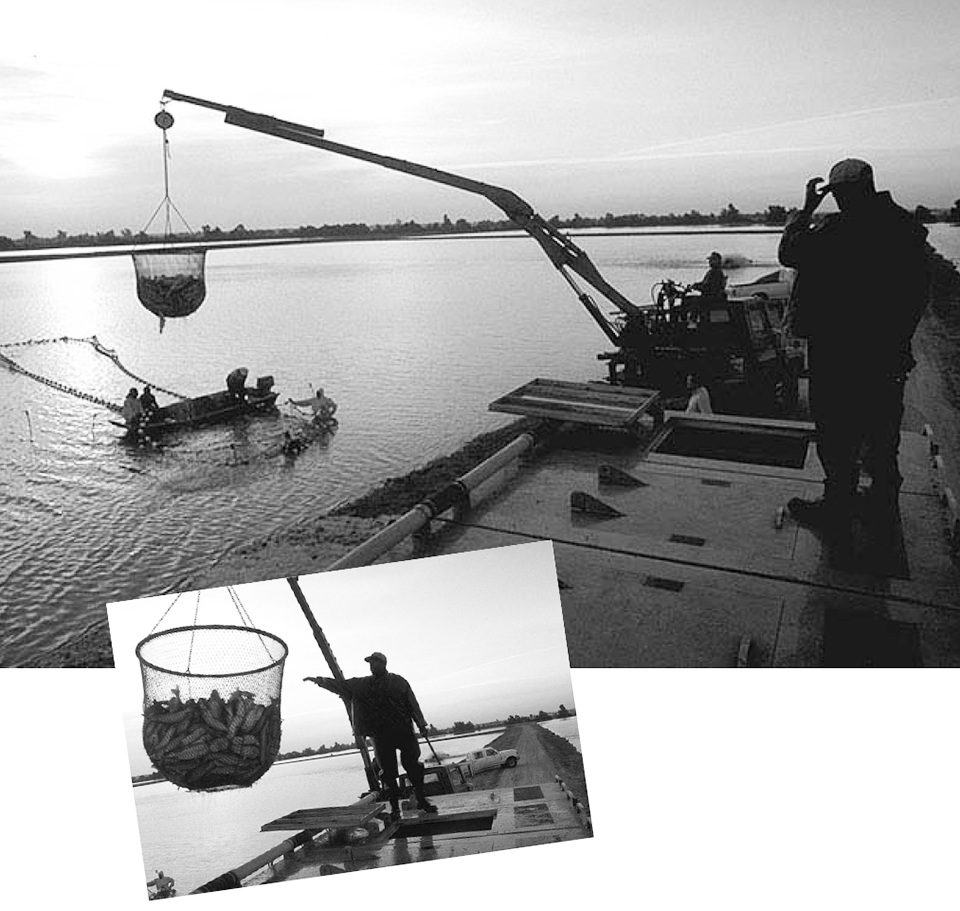
Researchers are also investigating genetic improvement of carcass yield and quality in farm-raised catfish. Initial efforts have been to identify technology to predict dressout percentage and fillet quality in live fish. These techniques will be useful in the development of selective breeding programs to improve these traits that will lead to less wastage in processing. Disease resistance is another critical area where genetic improvement programs can have tremendous impact. Farmers continually suffer economic losses from bacterial and parasitic diseases and they have limited options to control these problems. The development of disease-resistant catfish is a critical research area and will have important economic benefits to commercial farmers.
There has been considerable discussion recently over the use of catfish hybrids, particularly crosses between channel and blue catfish, in commercial culture. Some hybrids can have improved growth rate over some channel catfish strains, but the difficulty in producing hybrids or low hybridization rate between channel catfish and blue catfish is a main constraint to the use of hybrids in commercial culture. Almost a billion fingerlings are produced every year by the industry, and not enough hybrids can be produced with current technology to have any significant industry impact.
In summary, channel catfish genetic improvement has great potential to benefit commercial production. The Stoneville genetics research program is addressing problem areas of importance to commercial producers. Researchers are incorporating traditional selective breeding methods proven in other livestock with new biotechnologies to produce catfish germplasm with superior traits.
(Editor’s Note: This article was originally published in the December 1999 print edition of the Global Aquaculture Advocate.)
Now that you've reached the end of the article ...
… please consider supporting GSA’s mission to advance responsible seafood practices through education, advocacy and third-party assurances. The Advocate aims to document the evolution of responsible seafood practices and share the expansive knowledge of our vast network of contributors.
By becoming a Global Seafood Alliance member, you’re ensuring that all of the pre-competitive work we do through member benefits, resources and events can continue. Individual membership costs just $50 a year.
Not a GSA member? Join us.
Author
-
William R. Wolters
Research Leader
USDA/ARS Catfish Genetics
Research Unit
Thad Cochran National Warmwater
Aquaculture Center
Stoneville, MS 38776
Tagged With
Related Posts
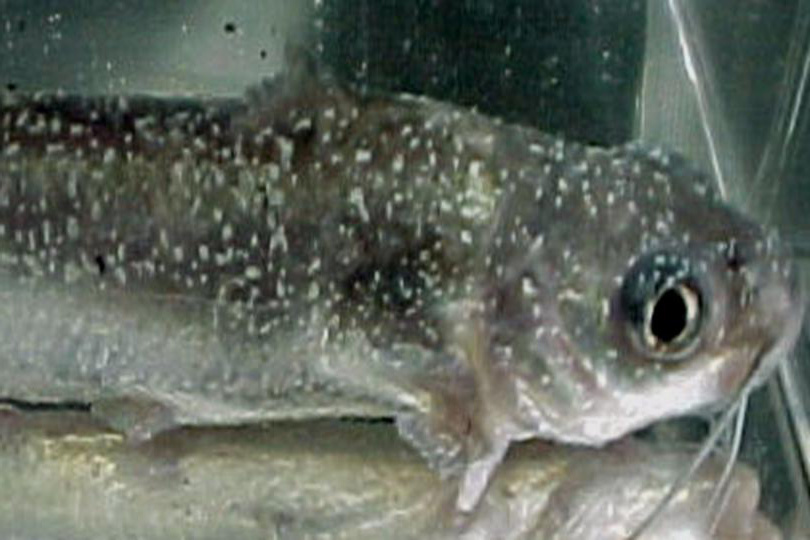
Health & Welfare
Antigens provide immunity against ich in channel catfish trials
Vaccination against the Ich parasite is an alternative to chemical treatment. Fish develop a humoral immune response to trophont antigens, with the degree of protection related to the immunizing doses of trophonts used.
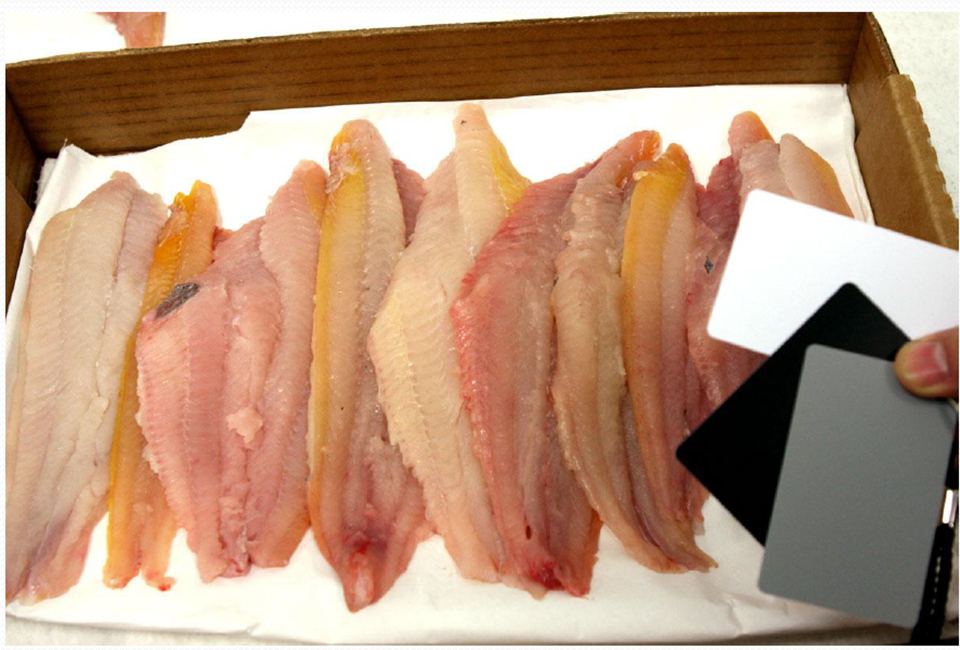
Innovation & Investment
Assessing coloration in channel catfish fillets
Because consumers look at color to gauge quality of catfish fillets, the authors developed a digital photography measurement method to assess yellowness.
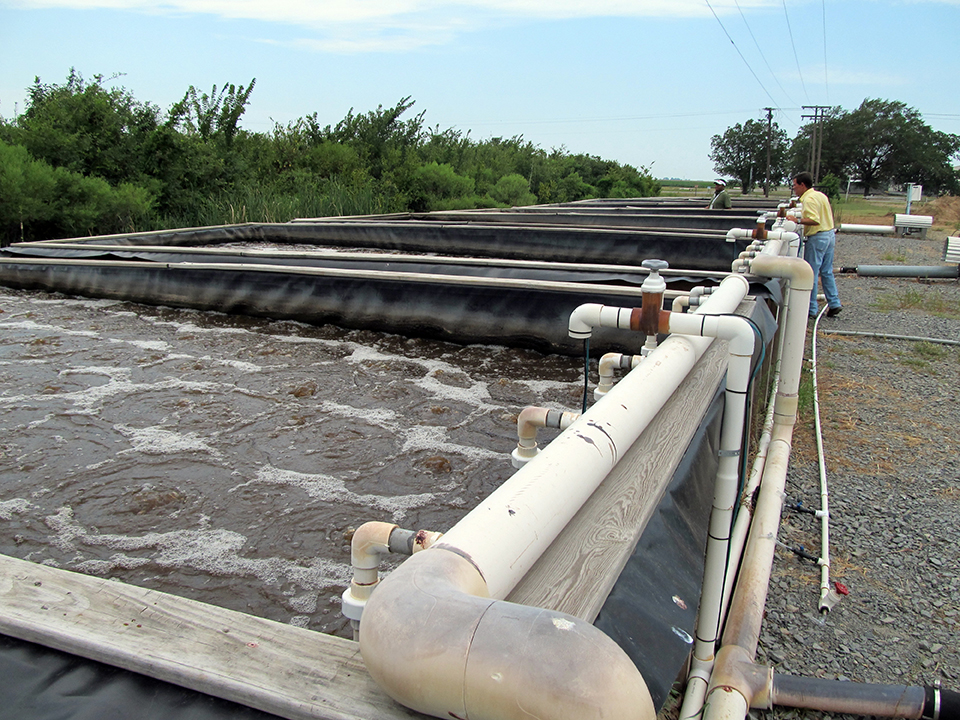
Health & Welfare
Biofloc technology reduces common off-flavors in channel catfish
In studies that used biofloc systems to culture channel catfish, culture tanks were susceptible to episodes of geosmin and 2-methylisoborneol and subsequent bioaccumulation of off-flavors in catfish flesh.
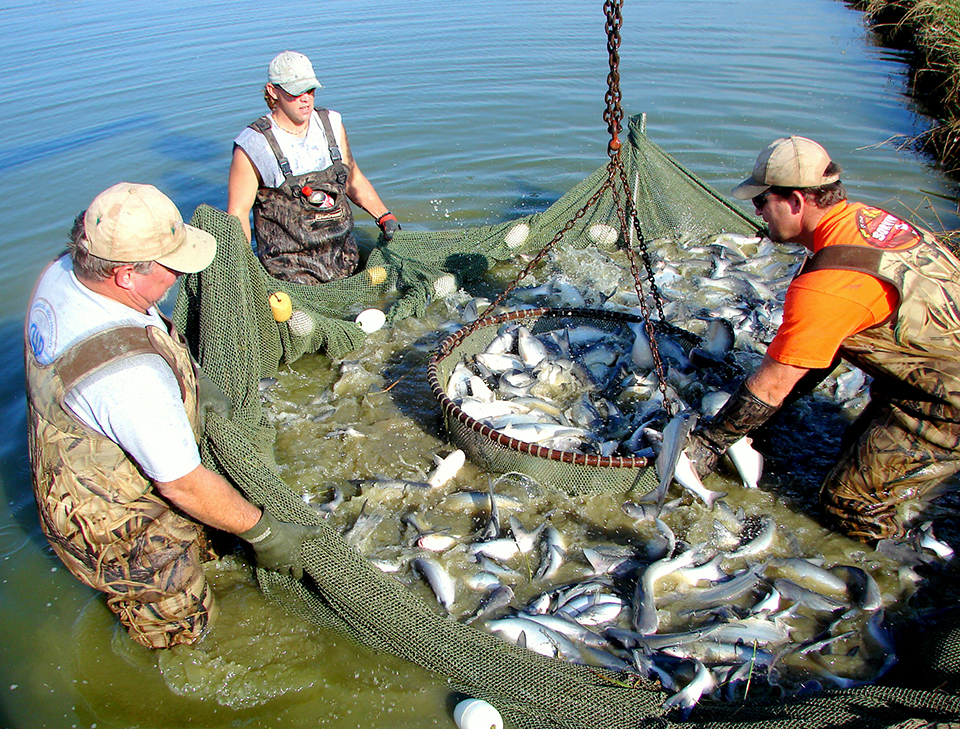
Health & Welfare
Blue catfish outproduce channel catfish under low-D.O. conditions
Although there is increasing interest in blue catfish, a potential disadvantage of the fish when compared to channel catfish is their reported poorer tolerance of low dissolved-oxygen concentrations.



